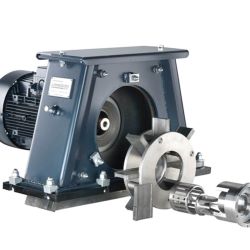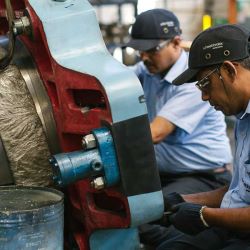How have Wheelabrator customers adapted to a year like no other?
The last year has challenged many businesses but it has offered opportunities too, not least the opportunity to change how we all do things.
We talk to Erich Brunner, President at Wheelabrator, about the impact the pandemic has had on customer industries across the globe, how customers have responded and adapted, and how Wheelabrator has supported them.


